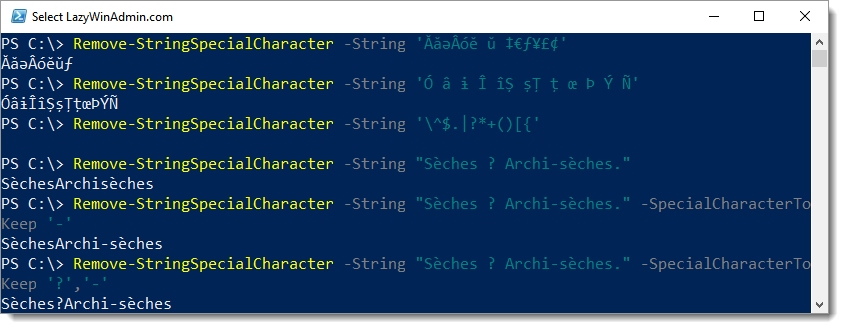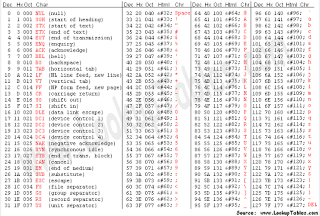

What you really want is this regex for matching: ws+. from publication: Computational Melody Analysis Computation ResearchGate. Regex: match all special characters but not.
#Regex special characters how to#
#Regex special characters series#
The rest of the expression defines the parameters for the series of numbers to follow. Notice the backslash before the forward slash escapes the special character regex functionality as interpreted by a regex engine. Regex objAlphaPattern new Regex (' a-zA-Z0-9.-') bool sts objAlphaPattern.IsMatch (username) If I provide username as & asghf then the validator gives as invalid data format which is. Most regex engines interpret a forward slash as the beginning or end of a regular expression.Įxample: Originator: )Ĭatches any capital letter followed by a hyphen and a space followed by any character including the forward slash. I have created a regex validator to check for special characters means I donot want any special characters in username. In fact, regex experts seldomly match literal characters. Regex engines interpret a backslash before any special character as its literal. The latter is a special regex characterand pros know them by heart. 1 b aecrod Hyphen, used for representing a range of letters or numbers,often used inside a square bracket.
When you search for a text string that contains special regex symbols. An ERE ordinary character, a special character preceded by aWhen applying regex to a string field that includes one of these characters in its value, you must escape the special functionality regex engines assign to the character by preceding it with a backslash (\). Regular expressions define a pattern and find matches within a given string that. The above example has a forwardslash that must be included in the capture value, but a forward slash is a regex special character.Īnswer: Regular expressions assign functionality to the following characters: [\^$.|?*+()/ Though i have been able to formulate a regex for validation of word caharacters and the. Actually, I am trying to validate a string, which can contain word characters (A-Za-z0-9), spaces, a few special characters like /, comma (.), Period (.), and may also contain any of the UTF-8 characters.

The Snowflake string parser, which parses literal strings, also treats backslash as an escape character. For example, s is the regular expression for whitespace. Question: I need to capture customer names that have a slash, comma, and asterisk in the line.Įxample: Originator:/Account:*******1000,Payor’s Business,100 Main St, Claiming urgency is a fast way to annoy people. The backslash character is the escape character in regular expressions, and specifies special characters or groups of characters. To demonstrate, run the following command: grep m*and. First, let’s see the list of regex metacharacters we can use in Python and their meaning. Metacharacters also called as operators, sign, or symbols. For example, (Caret) metacharacter used to match the regex pattern only at the start of the string. The * sign matches a pattern zero or more times. Characters or sign like, +, or, are special characters. The following table shows each grep quantifier syntax with a short description. Text contains the phrase regular expressions Found 20 words Words longer than 6 characters: confronted problem regular expressions problems Some people, when confronted with a problem, think 'I know, Ill use regular expressions.' Now they have two problems. Quantifiers are metacharacters that specify the number of appearances. The complete list of grep character classes is in the grep manual. Below is a table that outlines some classes and the bracket expression equivalent.

Grep offers standard character classes as predefined functions to simplify bracket expressions. For example, \b is an anchor that indicates that a regular expression match should begin on a word boundary, \t represents a tab, and \x020 represents a space. The output highlights numbers and characters, ignoring all letters. The backslash (\) in a regular expression indicates one of the following: The character that follows it is a special character, as shown in the table in the following section.


 0 kommentar(er)
0 kommentar(er)
